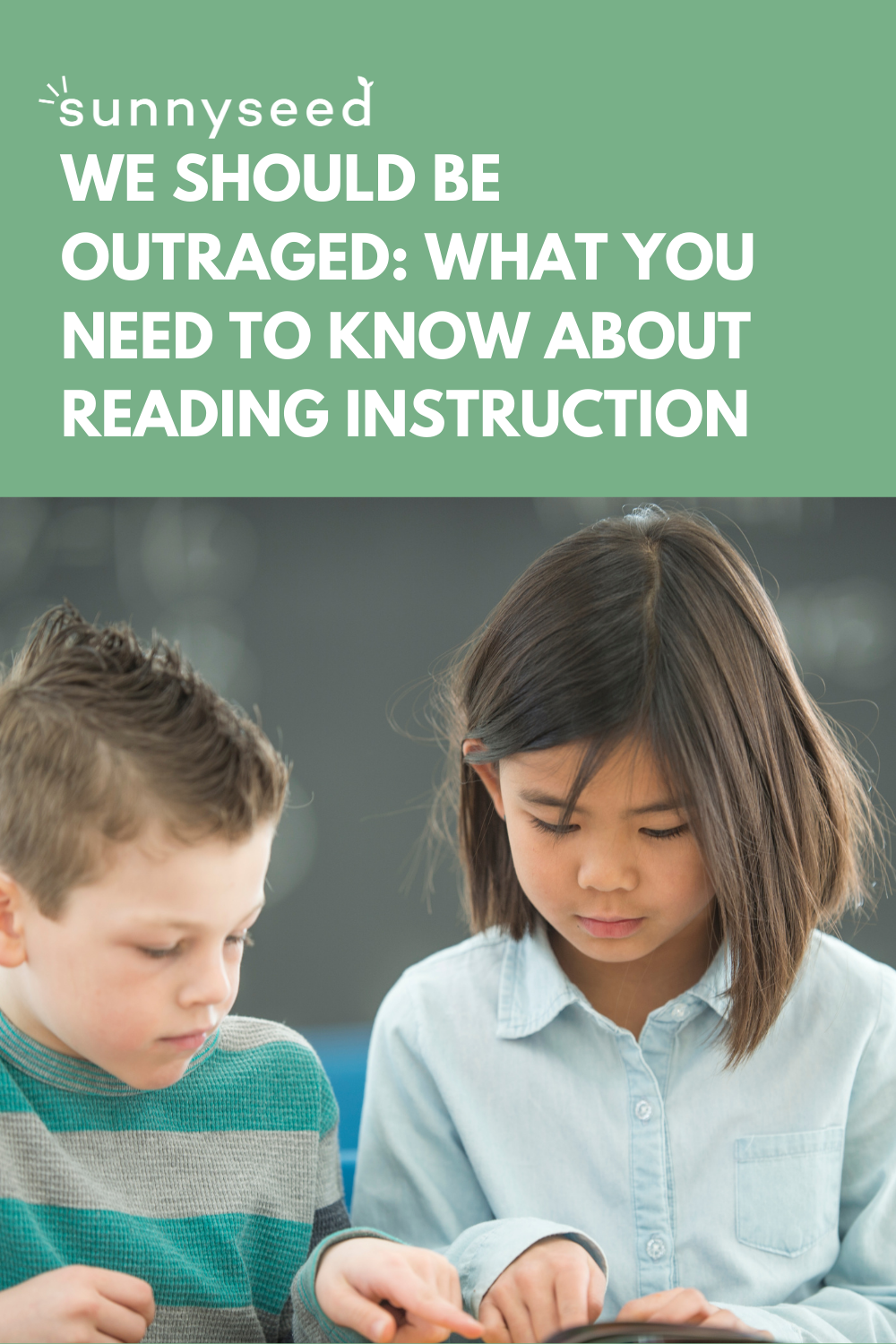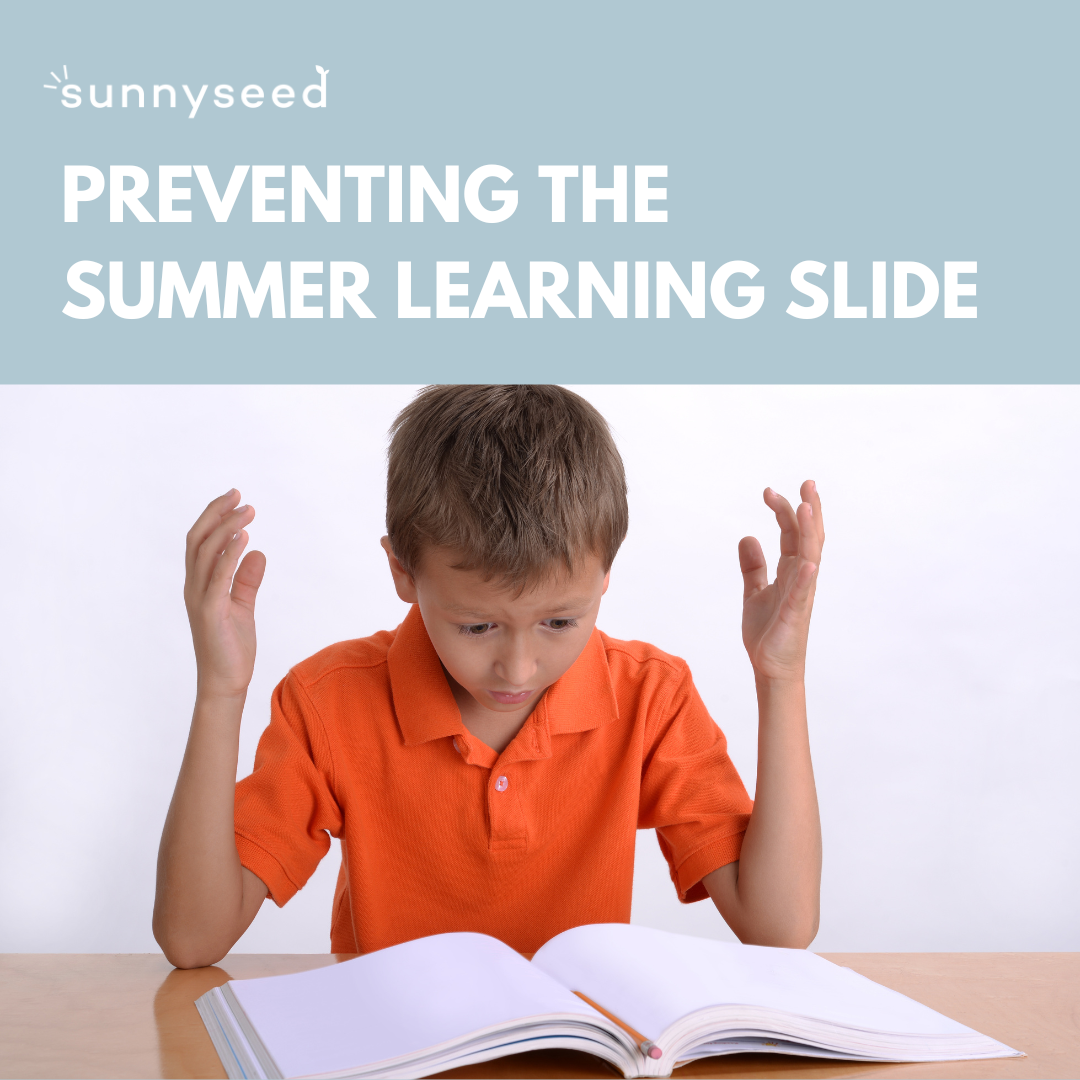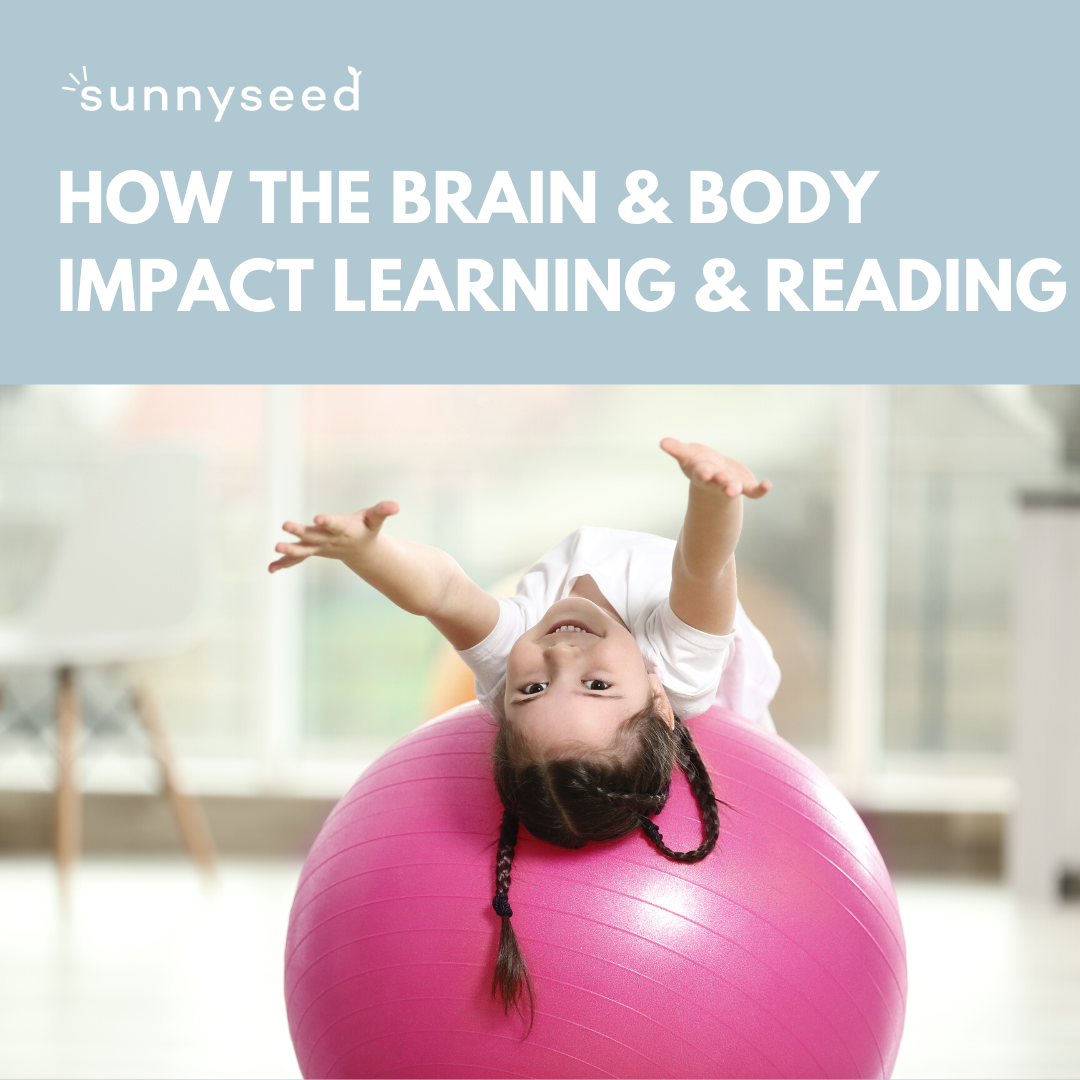We Should Be Outraged
Reading instruction is the most studied aspect of human learning, but despite the available research (thousands of studies), a majority of teachers are not instructing students in ways that line up with research.
One study found only 15% of teacher-prep programs at US colleges and universities teach all components of reading instruction.
In addition, only 48% of parents in the US read to their children (5 years and younger) daily.
As a result, we are failing our children and the numbers are horrifying:
65% of fourth grade students are reading below proficiency. [1]
30 million adults struggle to read a basic paragraph. [2]
If a child is unable to read proficiently by the end of third grade, there is an 88% chance they will always be a struggling reader. [3]
50% of American adults are unable to read an 8th grade level book. [2]
1/3 of struggling readers are from college-educated parents. [4]
22 percent of all adults in the United States are functionally illiterate, meaning that they have trouble reading a medicine label, a technical manual, or a newspaper. [5]
Approximately 80–85 percent of all students classified as “learning disabled” have a primary problem with a language-related reading skill. [6]
Reading is the foundation of all academic learning. Struggling with this fundamental piece can have devastating impact: poor grades, unhappiness in school, behavioral issues, and struggles at home, in addition to potentially life altering implications. Poor readers are four times more likely to drop out of school, live in poverty, and end up in prison [7]. It is a national concern. The best intervention is a proactive approach, and the journey to read begins at infancy.
CRITICAL WINDOW OF LEARNING
Developmentally, there is a critical window when children are able to develop the skills to learn how to read. Research continues to show that due to the rapid growth of the brain and its response to instruction in the primary years, this period is birth to age eight.
When babies and toddlers are at home with their parents, critical early literacy skills develop and lay the foundation for more explicit reading instruction. If all the prerequisite early literacy skills are in place, a most children thrive with reading instruction that occurs around age six. Learn more bout the best age here.
When taught correctly, this reading progression feels natural, enjoyable, and respectful.
In third grade, there is a transition from learning how to read to reading to learn. This means formal reading instruction begins to slow down. It is critical we help children fill in missing reading gaps before this transition. Unfortunately, many schools lack the resources to hire skilled, certified reading specialists to provide intervention or equip teachers with quality professional development to strengthen their instructional skills.
Instead, districts and states are trying to solve the current issues of reading instruction by forcing more on teachers and students in earlier grades, again without the tools or expertise to teach reading effectively.
This breaks my heart. In my professional and personal opinion, we are doing more harm than good and once again disregarding sound, scientific research.
Kindergartners NEED play for their intellectual, physical, emotional, and social development. Pushing students to learn how to read earlier doesn’t solve the problem; it just adds more pressure and exacerbates issues. There is a proven way to teach children how to read that is developmentally appropriate, respectful, and EFFECTIVE. In my experience, it is much more enjoyable, too! Sadly, this is not the approach a majority of schools are taking.
While I fully understand our hands are tied and there is little we can do to change the current expectations in schools, I do believe we can help bridge the gap and prepare children in a way that honors their childhood and emphasizes the important aspects of learning through play. It is my sincere desire to educate, equip, and empower parents and teachers so we can truly support children. Let’s begin by understanding the intricacies of learning to read.
FOR MORE RESEARCH AND HELPFUL TIPS, CHECK OUT THIS FREE RESOURCE!
SOURCES
[1] U.S. Department of Health and Human Services, Health Resources and Services Administration, Maternal and Child Health Bureau, National Survey of Children’s Health. (2017)
[2] Johnathan Kozol, Illiterate America, 1986.
[3] Developing early literacy: Report of the National Early Literacy Panel.(2008). National Institute for Literacy.
[4] Early Literacy, National School Boards Association. (2015).
[5] Adult Literacy in America, (2002). National Center for Education Statistics.
[6] Catching Reading Problems Early, American Psychological Association. (2011).
[7] Adams, M. J. (1990). Beginning to read: Thinking and learning about print. Cambridge, MA: MIT Press.












